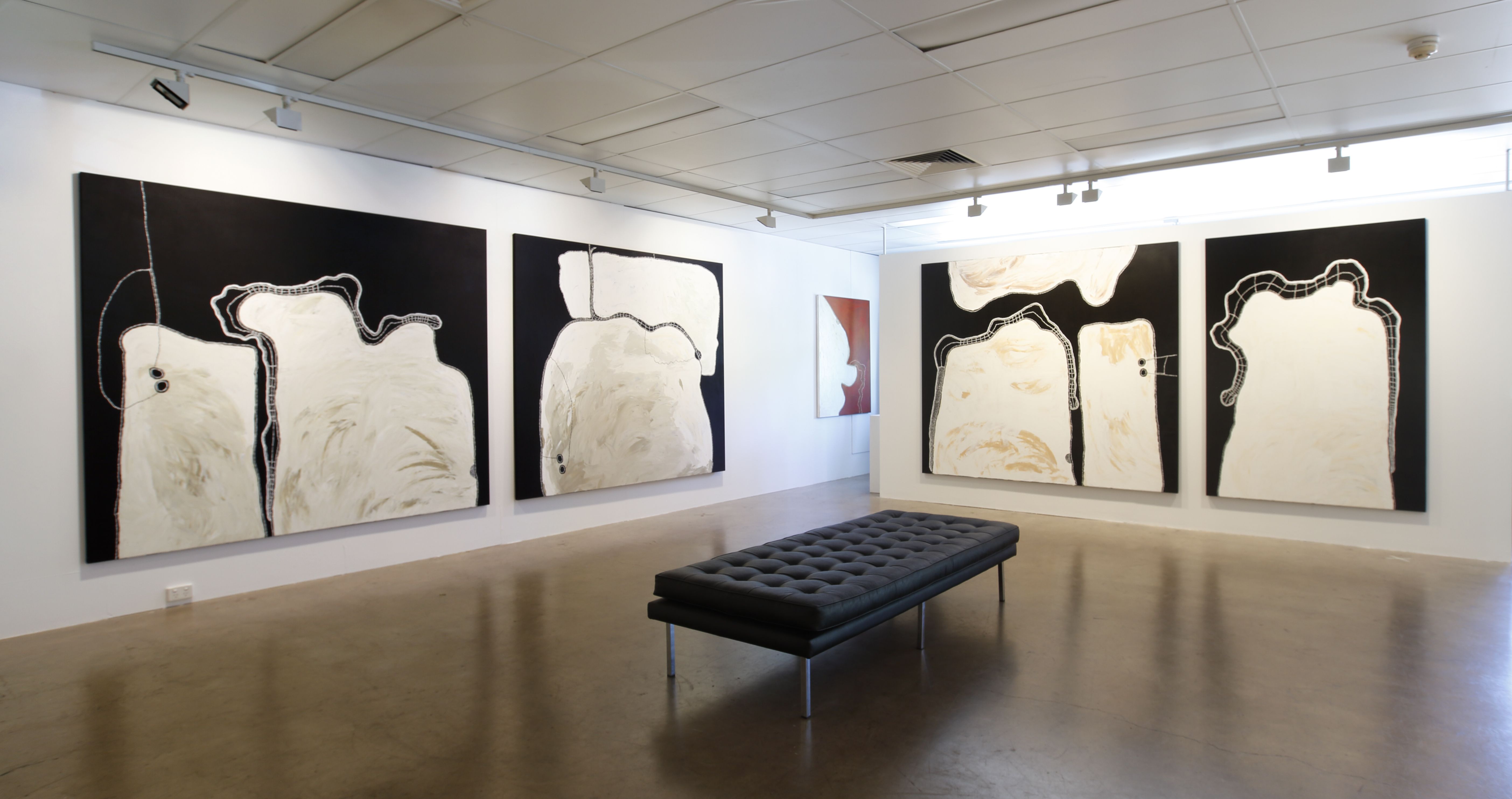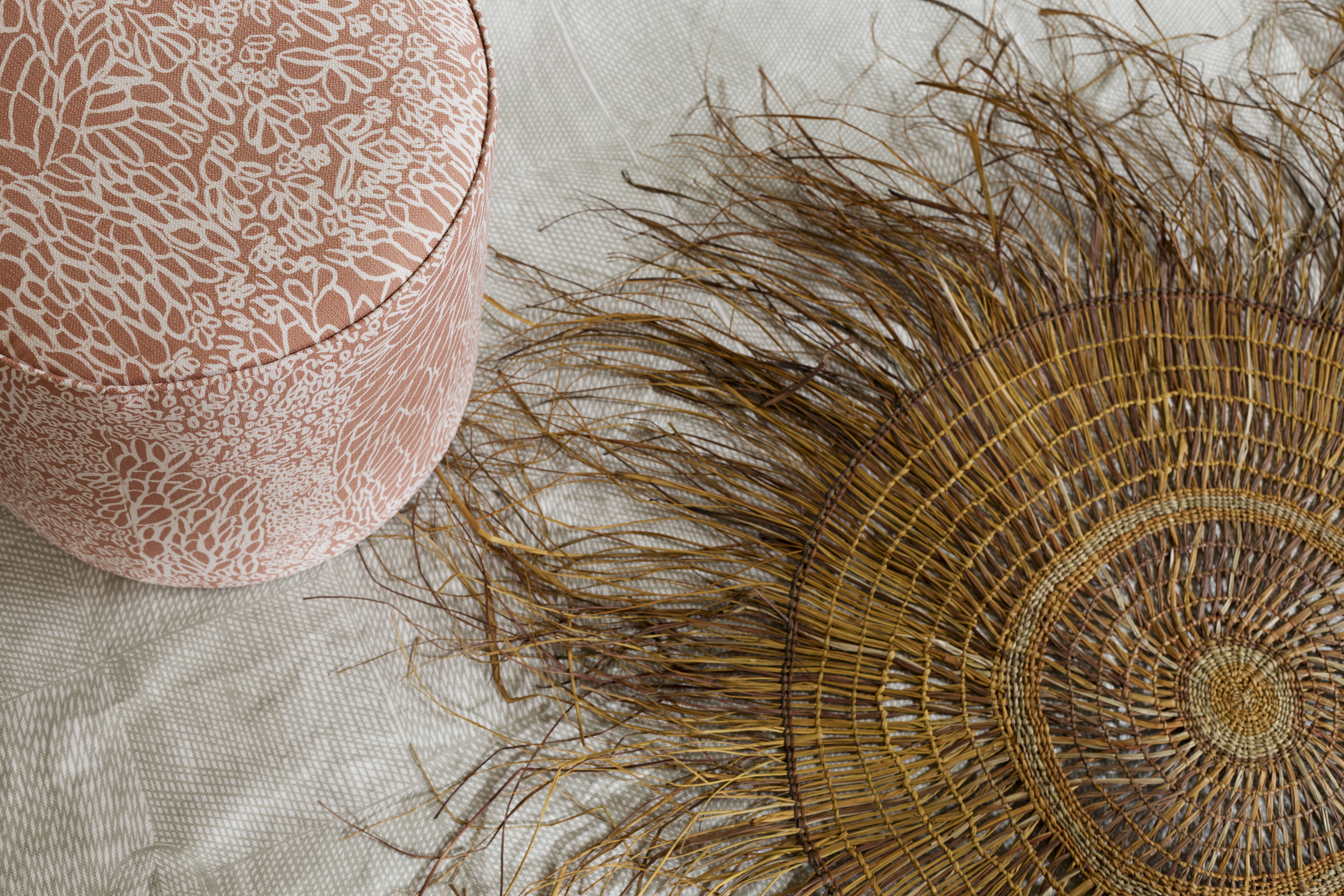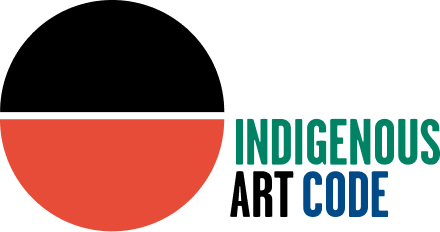A model relationship is one based on open communication, transparency, and respect.
The Artist-Code Signatory Relationship: Shared values, fair and transparent dealings

Whilst certain areas of the artist-code signatory contract are covered by legislation, including copyright, moral rights, taxation and equal opportunity laws, there is much more to a successful relationship than adherence to the legal minimum.
For artists – transparency is about having access to information to allow you to determine if a deal is fair. To know what is fair you need to fully understand what’s on offer (the terms of the deal). As well as understanding the terms of the deal on offer to you, you have the right to access information from code signatories you are working with about who gets what percentage in the deal (a breakdown of the entire ‘money story’). If you are having trouble accessing this information from any code signatory you work with, please reach out [link to Contact Us page] to the Indigenous Art Code (IartC) for support. We can help you get the information you need.
For code signatories – transparency means actively and openly communicating with artists to ensure they fully understand any arrangements they enter, providing all information necessary to allow artists to maintain agency when making decisions and to make informed decisions around any commercial dealings.
Clause 3 – Indigenous Art Code
Code Signatories must use their best endeavours to ensure that every dealing with an Artist in relation to Artwork involves the informed consent of the Artist.
Providing transparent information may include providing details of sales of artworks, including the amount the artist received and the amount the buyer paid.
Code Signatories Members of the Indigenous Art Code are also expected to encourage any artist they work with to seek independent legal advice before entering into agreements.
Artists and code signatories should regularly talk with one another and artists should be encouraged to discuss the processes around marketing, exhibition, licensing and sale of their work. At each stage, an artist should feel confident and informed.
For Indigenous Art Code Code Signatories, this should be front of mind in their commitments to ‘fair and ethical trade in art’ and ‘transparency in the process of promotion and sale of artwork’. For many of our Code Signatories, this is already an integral part of their practice.


